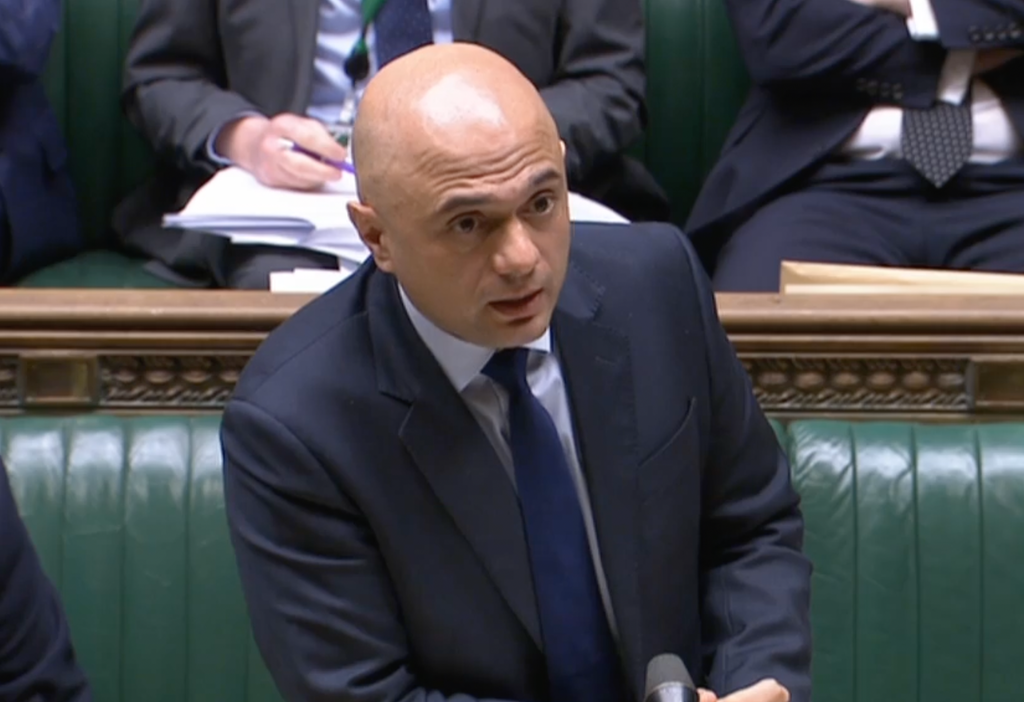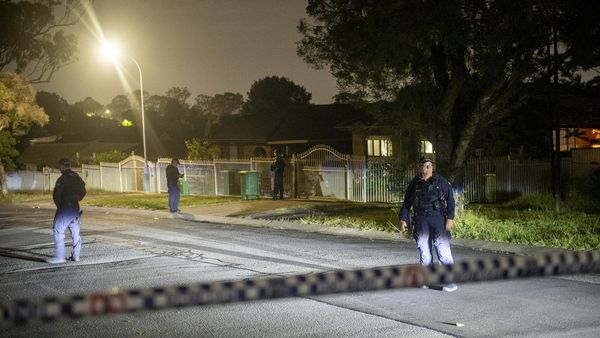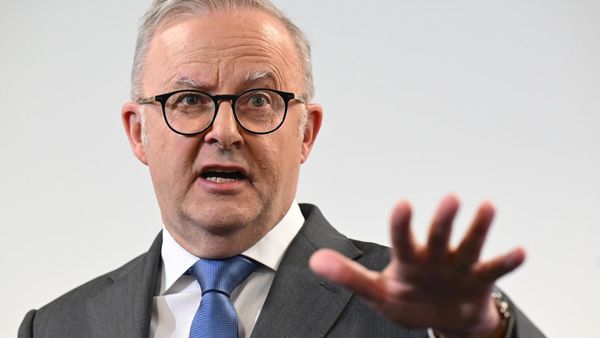
NHS waiting lists are set to continue rising until at least 2024 after hitting a record high of 6 million in November, the health secretary, Sajid Javid, has admitted.
The target to eliminate waiting times of more than two years has also been pushed back from March this year to July, Mr Javid told the House of Commons.
He also confirmed an extension of the original target to reduce the NHS backlog in terms of the number of patients waiting more than two months for cancer treatment, from March 2022 to March 2023.
In addition, the NHS aims to restore the number of patients receiving a diagnosis within six weeks to pre-pandemic levels by 2025. Currently fewer than 75 per cent of patients are diagnosed within that time, compared with 95 per cent prior to Covid-19.
Mr Javid’s revised aspirations do not represent a significant toughening of existing measures, despite Boris Johnson saying on Monday that “tough” targets would return.
Mr Javid acknowledged that an estimated 10 million people had yet to come forward for planned care, despite earlier predictions; if they do, the national waiting list could rise from 6 million to at least 14 million.
“Assuming half of the missing demand from the pandemic returns over the next three years, the NHS expects the waiting list to be reducing by March 2024,” he said.
“Addressing long waits is critical to the recovery of elective care, and we will be actively offering longer-waiting patients greater choice about their care to help bring these numbers down.
“The plan sets out the ambition of eliminating waits of longer than a year in elective care by March 2025. With this, no one will wait longer than two years by July this year, and the NHS aims to eliminate waits of over 18 months by April 2023, and of over 65 weeks by March 2024.”
The government has also promised that the NHS will deliver 30 per cent more elective activity by 2024-25 than before the pandemic.
The health service has been promised an extra £8bn to help reduce waiting times. The NHS said patients on its “long waiters” list would be able to seek alternative treatments in other areas, and this could include care from private-sector providers – something that will be included in local hospital recovery plans.
Under the new plan, patients who have been waiting for 18 months or longer will be reviewed every three months until they receive treatment.
NHS chief executive Amanda Pritchard said: “As we move out of the Omicron wave, the NHS is applying the same determination and ‘can do’ spirit we have displayed throughout the pandemic, to address backlogs in routine care that have inevitably built up, and reduce long waits.
“That cannot happen overnight, but we are determined to make the best possible use of the additional investment and take the best from our pandemic response, including smarter use of digital care and flexible working between teams and trusts, while building this additional diagnostic capacity that will help to accelerate progress.”
Richard Murray, chief executive of the King’s Fund think tank, said: “‘The plan brings together a series of initiatives that, if successfully implemented, will improve access to services for the many patients anxiously waiting for care in pain and discomfort.
“But, as this plan notes, it is important to recognise that the NHS backlog is bigger than the people waiting for planned hospital care – mental health and community services are also facing backlogs of care, and the pressure on general practice is leaving many people struggling to get an appointment. These services must not be overlooked by a national focus on hospital waiting lists.”
Mr Murray warned that, without enough staff, the targets set out today would “remain aspirational”, and added: “To tackle the staffing crisis, the government must move beyond repeating manifesto pledges and instead come forward with a fully funded workforce strategy.”
Asked in the Commons on Tuesday when a long-term workforce strategy would be published, Mr Javid did not commit to a date.







